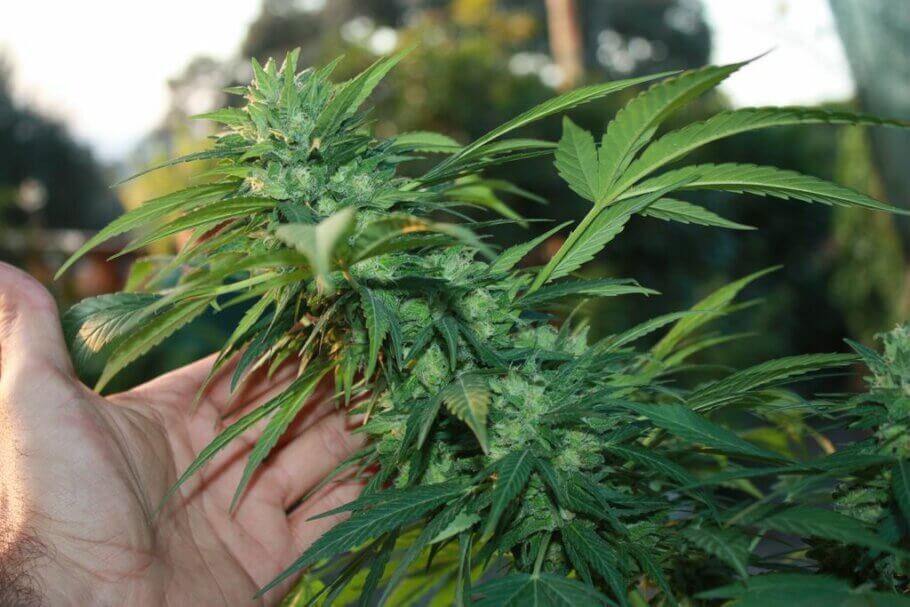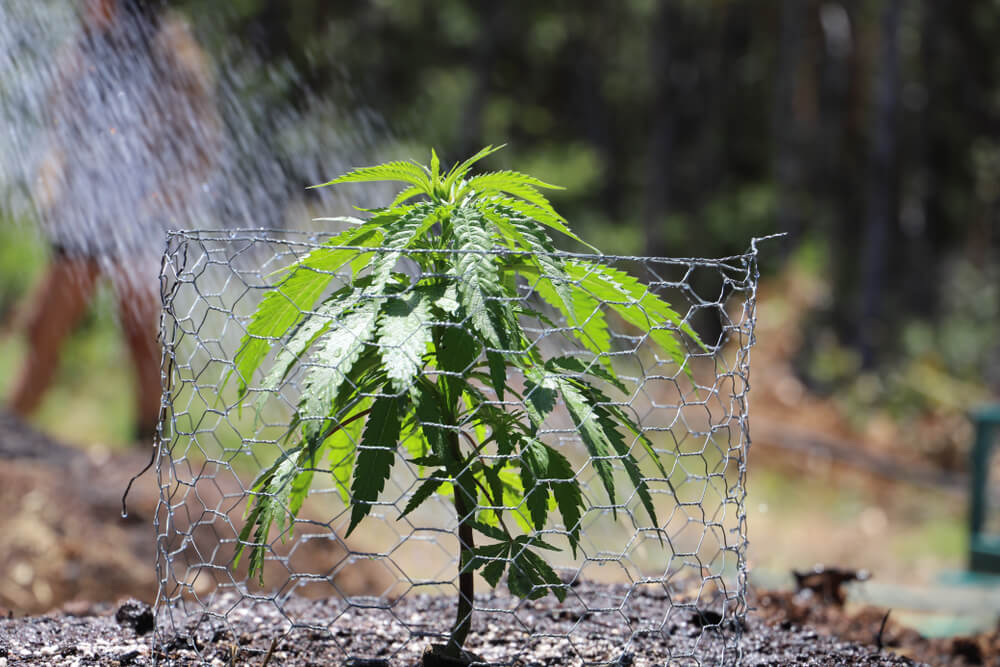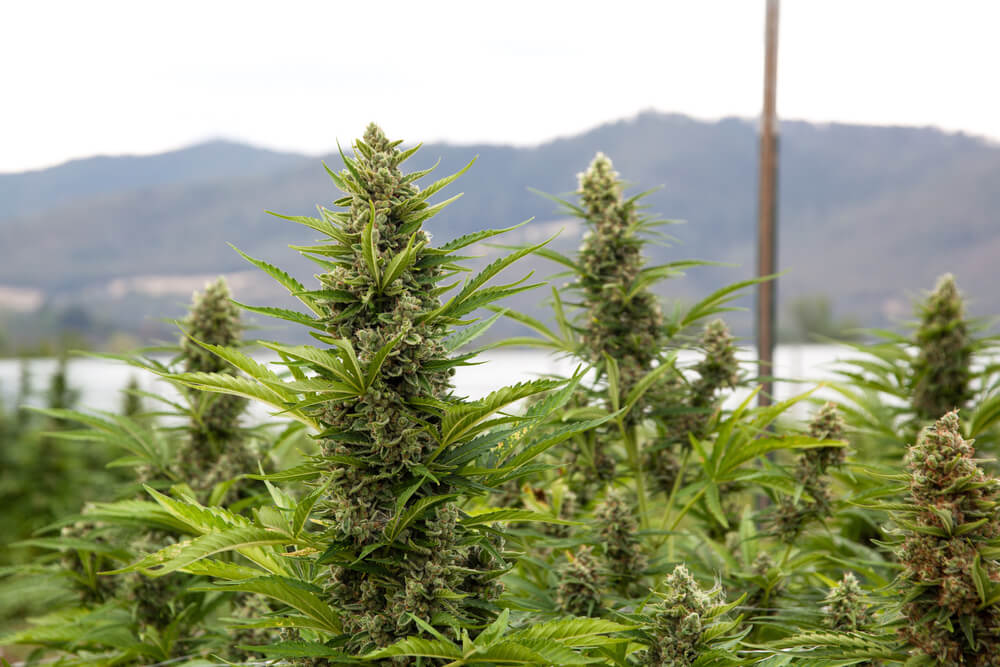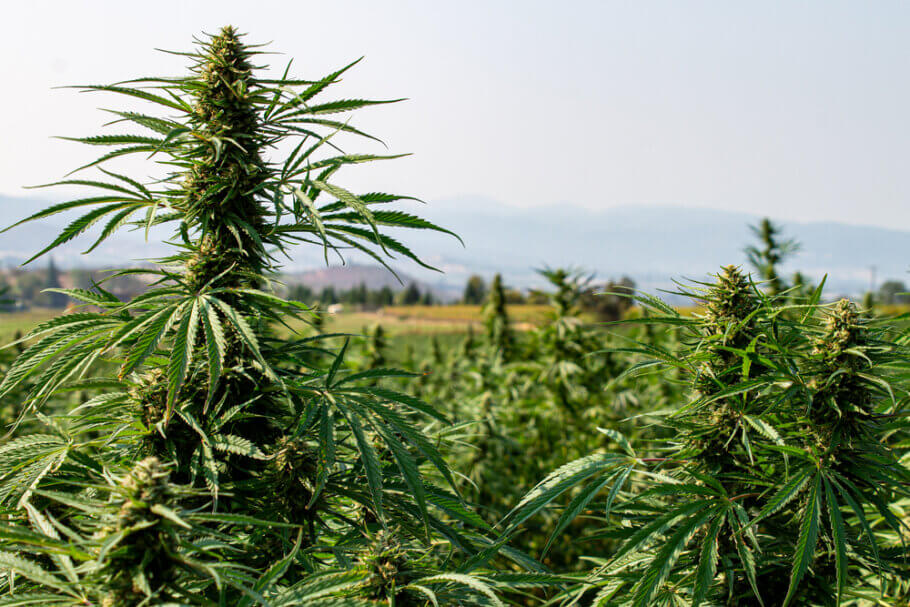Cannabis cultivation has gained popularity in recent years, both for its medicinal and recreational uses. Indoor growers enjoy the control they have over their plants’ environment, but as the outdoor growing season approaches, many are wondering when and how to move indoor plants to the outside garden . This process, known as “acclimatization,” is crucial to ensuring plants thrive and produce abundant harvests.
Moving cannabis plants from indoors to outdoors is not as simple as taking them out and planting them in the garden. There are several factors to consider, from the right climate to hardening off the plants so they gradually adapt to their new environment. In this article, we invite you to explore the steps necessary for a successful transition, including the ideal time to make the move and recommended techniques to minimize stress on plants.
Discover with us what the process of taking indoor cannabis plants to the outdoor garden is like ensuring that your crop is prepared to face the challenges of the outdoor environment and maximize its growth potential.

Grow indoor plants outdoors
Yes, many growers who keep mother plants indoors do so not only to be able to fill their growing room or closet with clones of their mother plants, thus achieving uniform and high-quality harvests, but also to be able to have their favorite genetics also indoors. outdoors, where they can really show their full potential and provide you with a first-class supply of flowers that can last for months.
And if one has the possibility of growing in both environments, having buds of the same variety grown both indoors and outdoors is, let’s face it, a real luxury. However, and as we told you in the introduction, it is not as easy as simply changing their location and putting them under the sun; To be successful in this process, it is necessary to take into account two fundamental aspects: what is the best time to make this transition and how to do it to minimize the stress that the plants will receive as much as possible.
Below we tell you how to do it safely to save you problems and disappointment.

Growing outdoors for beginners: 10 tricks to start off on the right foot
Starting an outdoor cannabis grow can be intimidating for someone with no experience with this plant. Today we have set out to make it much easier for you and guide you throughout your grow with a few simple tricks that will help you avoid mistakes and ensure a successful grow, which after all is what every grower wants!
When is the best time to bring indoor plants outside?
As you probably know, in indoor cultivation the plants are usually kept in an uninterrupted vegetative state (growth) thanks to the use of a constant and daily photoperiod of 18 hours of light and 6 hours of darkness. What happens if we use a photoperiod with fewer hours of light? Well, we run the risk of the plants starting to flower, something that can easily happen if you move your indoor plants outside at the wrong time of year.
Taking into account the large number of hours of light that indoor plants receive, it is logical to think that to avoid any setbacks when taking them outside we should do so during the time of year when there are the most hours of sunshine, that is, during the month June in the Northern Hemisphere. This will, therefore, be the ideal month to change the environment of your plants so that they do not enter into flowering and then resume vegetative growth, something that would probably happen if you took them out earlier (April or May) and that would make you lose weeks of effective growth.
An interesting option if you want to take out your plants before June and prevent them from flowering is to use some type of light source to illuminate them for a few hours at night, thus completing their growth photoperiod and preventing them from flowering. You can use a small LED panel or a low-consumption lamp for 3-4 hours to lengthen the day of the plants so that they continue with their normal growth. With about 100W of power per m2, you will have enough for this extra contribution of hours of light, although yes, keep in mind that in some cases it may be strange to see a garden illuminated in the middle of the night!
This system is often used to obtain outdoor plants from large clones; Mother plants (or clones, although then the plants will not end up being as big) are taken outside in March or April and to which this extra artificial lighting is added, so that the plants will enjoy months of growth and will also have started not since seed, but from a plant already developed and in full growth. The result can be real monsters, especially if the plants end up being grown in the ground.

Precisely, many people who keep mother plants indoors but also grow them outdoors in summer usually take advantage of this time to renew their mother plants: they make clones of each of them that will remain in indoor cultivation during the summer, thus becoming new plants. mother, and when these are rooted, they take the mother plants outside to begin their cultivation with already-developed plants of considerable size.
How to take indoor plants outside safely
Once the time has come to proceed to take the plants outside, it is advisable to carry out a series of actions so that your plants do not end up dehydrated or toasted by the sun. Even if you have powerful lights and efficient fans in your indoor grow, sunlight and wind will cause your plants to undergo a considerable change when you take them outside, so it is not a good idea to simply move them from being under the lamp to being under the sun.
An interesting first step before this change of environment is to carry out a transplant, especially if the plant has been in the same pot for some time. As always after each transplant, we advise you to use some root or microbial life stimulator to accelerate root growth in the new pot as much as possible and so that vegetative growth resumes as soon as possible.
Another important aspect is the location of the plants; Even if you have already chosen the definitive place where they will develop over the next few months, keep in mind that during the first days after the change of environment, your plants will be susceptible to dehydration, especially if your climate is particularly dry. For this reason, growers usually leave their plants somewhere in the outdoor garden with shade all day and can be protected from strong drafts. Spraying the plants with water daily (even more than once if necessary) will also help them adapt better to their new environment, as well as wetting the entire area where they are located (other plants around them, soil, etc.).
Once the plants are adapted, your plants will follow the same pattern that a plant germinated outdoors would follow, growing during the first half of summer and beginning to flower as soon as the nights begin to have the necessary length for it. A good idea is, after 3-4 days of acclimatization, to move the plants under the sun but in the morning or afternoon, when the light intensity is lower. After another 3-4 days of doing this, you can place them in their final location.
We now summarize the steps to follow during the first week of adaptation outdoors:
- Perform a prior transplant
- Locate the plants in a shaded area away from strong drafts.
- Spray plants with water daily
- Leave the plants in these conditions for a week before placing them in their final location.

Stress and change of growing environments
As we have already mentioned, changing from an indoor growing space to an outdoor one is something that causes some stress on your plants. However, we have already seen how to minimize it as much as possible, although even so do not worry if during the first days (even the first 2 weeks) your plants do not seem to grow in height; They are adapting to their new environment, it is completely normal.
In fact, and as many growers know, it is no surprise that plants that were “having a hard time” in indoor cultivation, with pests or other types of problems, for example derived from high temperatures or very low humidity, are freed from these problems. problems adapting to the outside; It is when we remember that our plants are just that, plants, species that grow and develop under the sun, not inside grow cabinets. Therefore it is no surprise that you see your plants happier than ever when you move them outside, after all that is when they are in their natural environment!
Many growers, aware of this, take their indoor plants outside when it is possible to do so without photoperiod problems, and do not bring them back indoors until they are forced to do so as the days get shorter and the plants begin to flower; By doing this, you save a couple of good months of electricity bills, in addition to giving your plants the best possible environment, the natural one. After this time, they can choose between leaving the plants inside again or cloning them and leaving the clones inside, so that they preserve the genetics indoors and leave the mother plants outside to get a good harvest of first-class flowers in autumn.

Outdoor cannabis harvest
In today’s article we are going to talk about harvesting cannabis outdoors and what you can do to ensure it is successful, from what to do in the weeks before harvest to how you should dry your flowers to avoid unpleasant surprises. A brief harvest guide that will surely help you enjoy the best quality flowers all year round.
As you can see, taking your plants from indoors to outdoors is something that, if you can, can bring you many advantages, both in terms of outdoor cultivation (possibility of growing known clones with the uniformity that this entails, and starting from already grown plants) and in indoor (free the plants from sources of stress that usually arise in indoor cultivation during the summer months). Do not hesitate to leave us your comments, ideas, or questions, we will be happy to respond.
Happy harvest!
The articles published by Alchimiaweb, S.L. are reserved for adult clients only. We would like to remind our customers that cannabis seeds are not listed in the European Community catalogue. They are products intended for genetic conservation and collecting, in no case for cultivation. In some countries it is strictly forbidden to germinate cannabis seeds, other than those authorised by the European Union. We recommend our customers not to infringe the law in any way, we are not responsible for their use.
Source link
#move #indoor #cannabis #plants #Alchimia #Grow #Shop